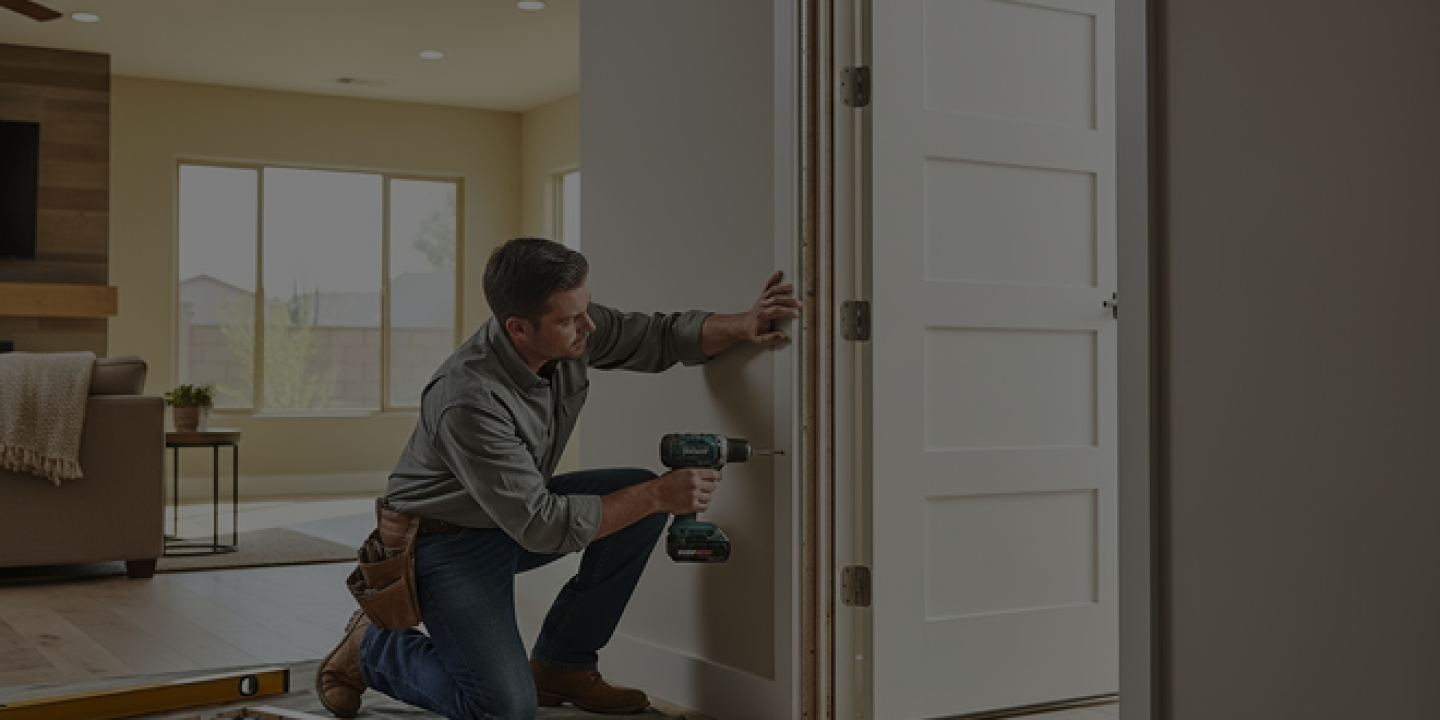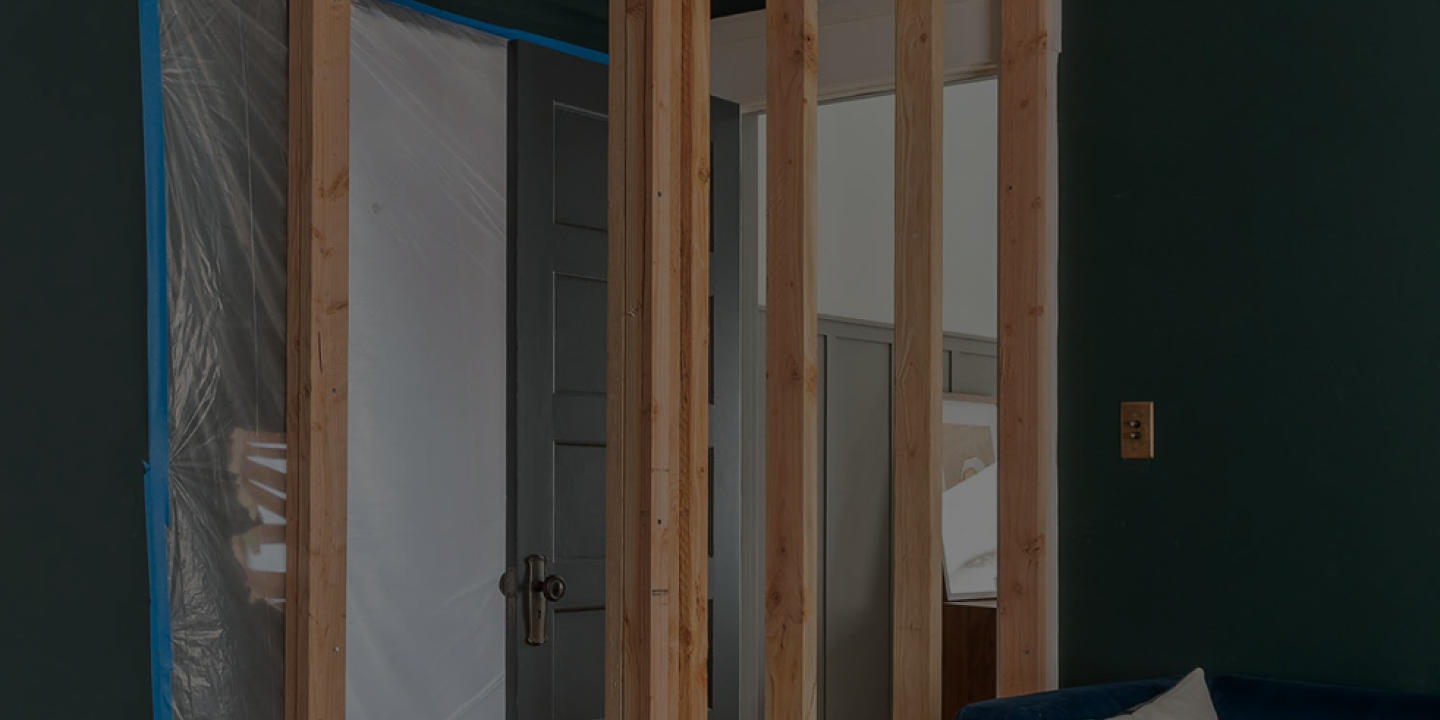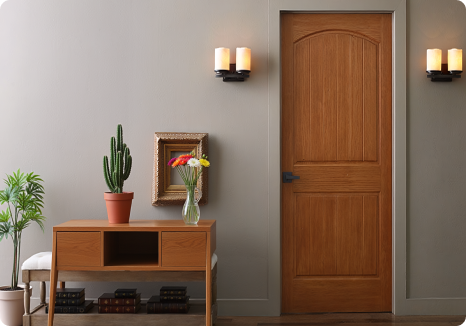You may not realize it, but interior doors differ from exterior ones. While interior and exterior doors serve similar purposes, there are some distinct differences you should understand before making your purchase. Here are some of those key differences.
1. What Materials They’re Made From
One of the biggest differences between interior and exterior doors is the materials they’re constructed from. Interior ones are typically made of hollow core wood, hardboard, or fiberboard. These materials make interior doors lightweight and inexpensive, which are ideal qualities for the inside of your home. According to This Old House, interior doors are usually thinner than exterior ones, with the standard being 1 3/8 inches wide. On the other hand, exterior doors need to stand up to the elements, so they’re usually made of solid wood, steel, fiberglass, or glass. These heavy-duty materials keep them better insulated, more durable, and more secure.
2. How They’re Installed
The installation process also differs between interior and exterior doors. Interior ones usually have simple jambs and are installed directly into the wall framing with hinges and door knobs. Exterior doors, however, require more complex framing, weatherstripping, and threshold installation to prevent air and moisture infiltration. This not only improves energy efficiency but also durability against exterior conditions. Additionally, exterior doors typically open outward to prevent interior air pressure from forcing the door open.
3. What Affects Their Functionality
There are a few key factors that affect interior and exterior doors differently when it comes to functionality. Sound transmission and fire ratings are important considerations for interior doors if noise, privacy, or safety are concerns. Exterior doors need to factor in energy efficiency, durability against weather, and security in their functionality. This means exterior doors require additional components like weatherstripping, heavy-duty locks, and even glass inserts to make them serve their purpose properly.
Now that you know the core differences, you can determine whether you need an interior or exterior door for your next project. Taking the time to understand these key distinctions will ensure you select the right door type for your specific needs. If you’re looking to replace interior or exterior doors, let us help you. Call Southwest Door & Sash, Inc today to discuss your project and let us help you select the right doors.






